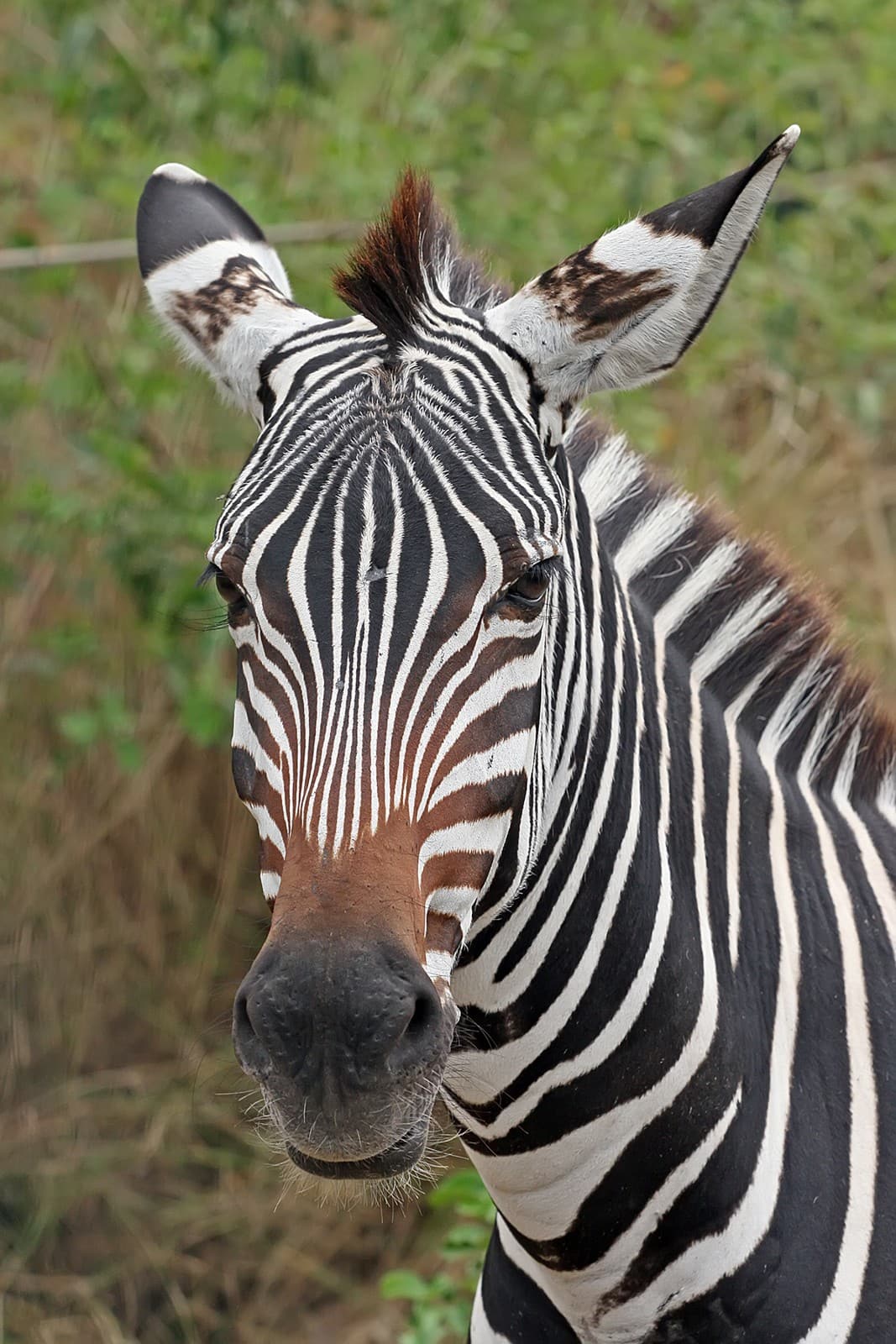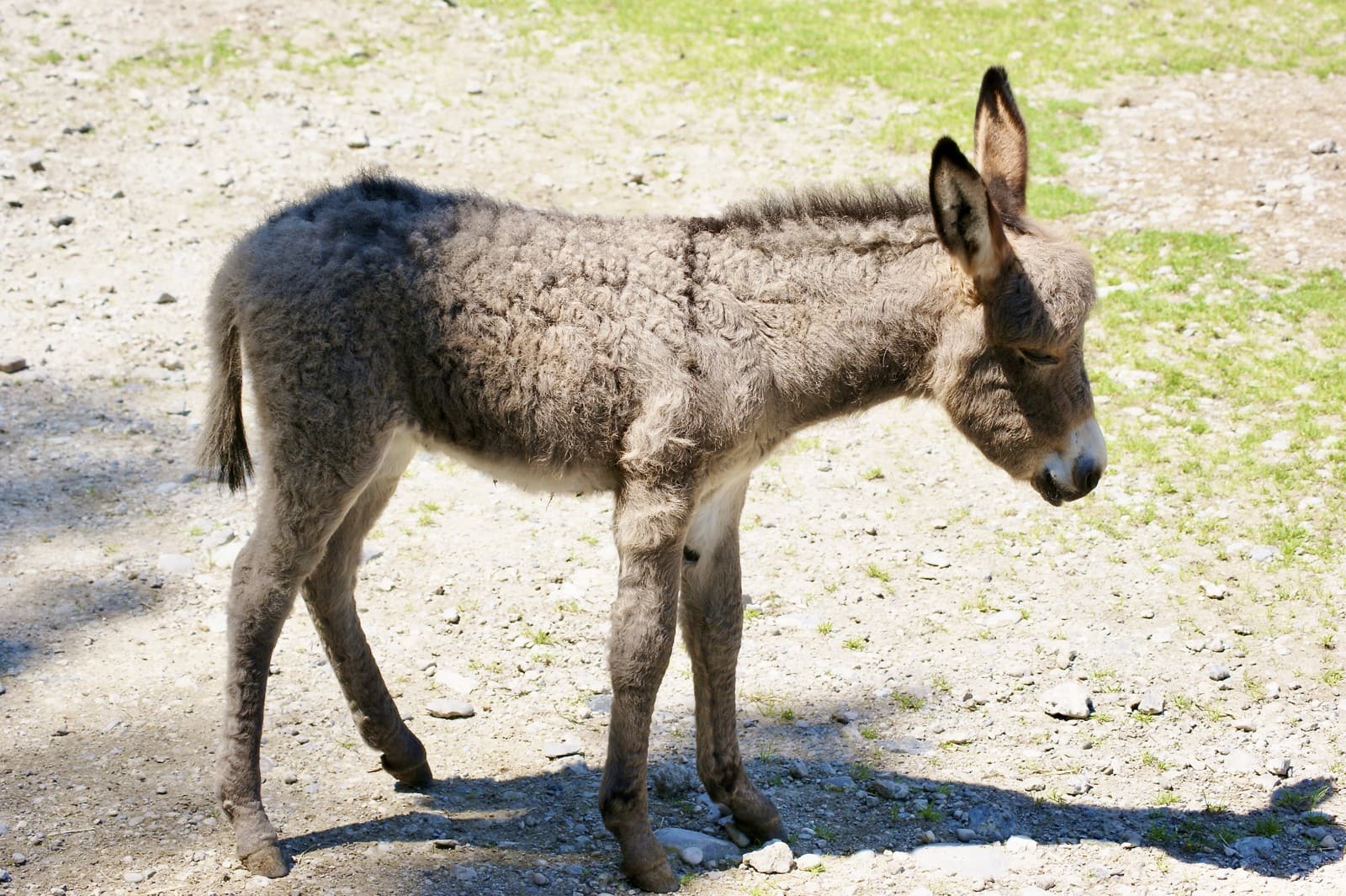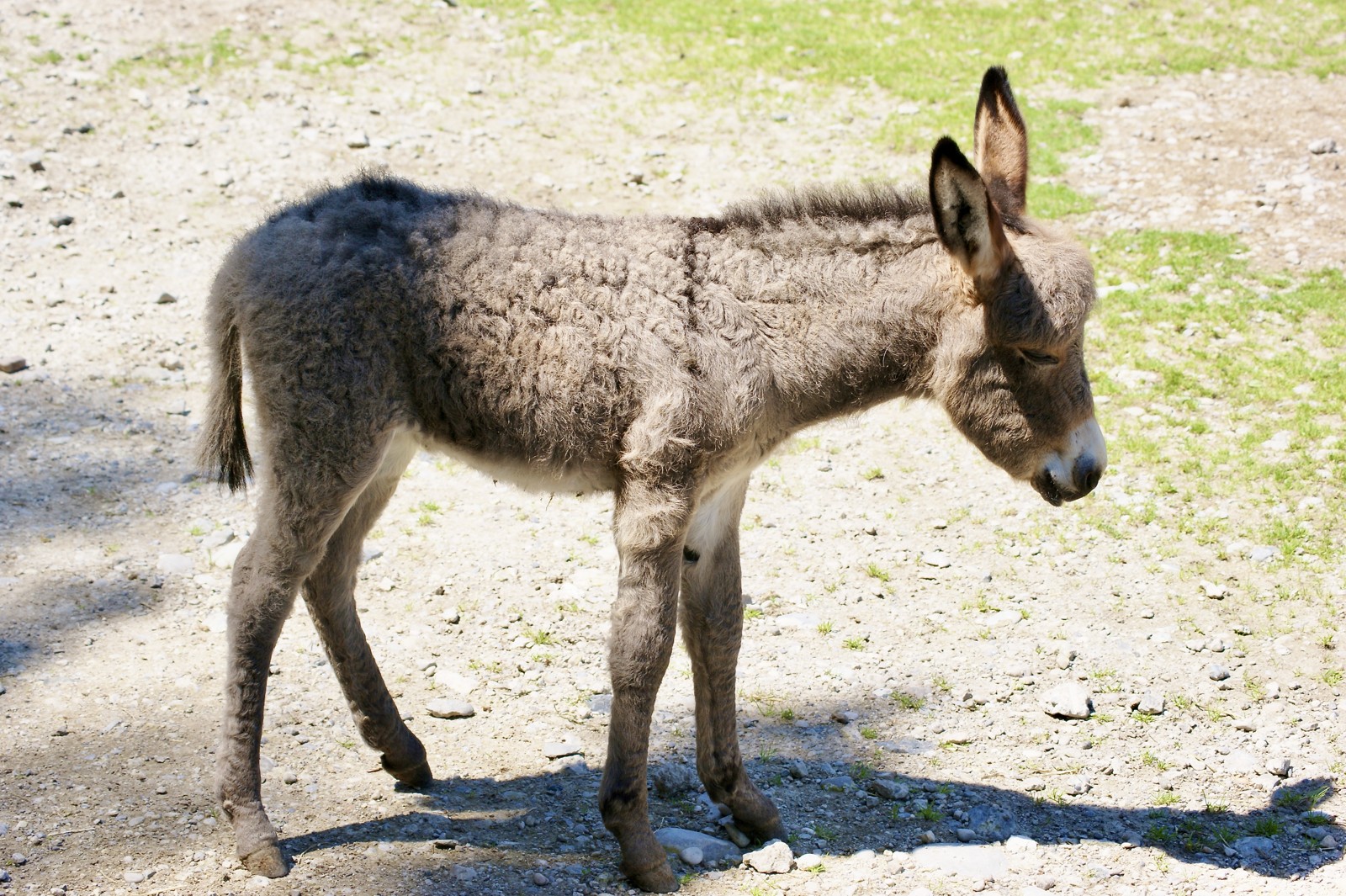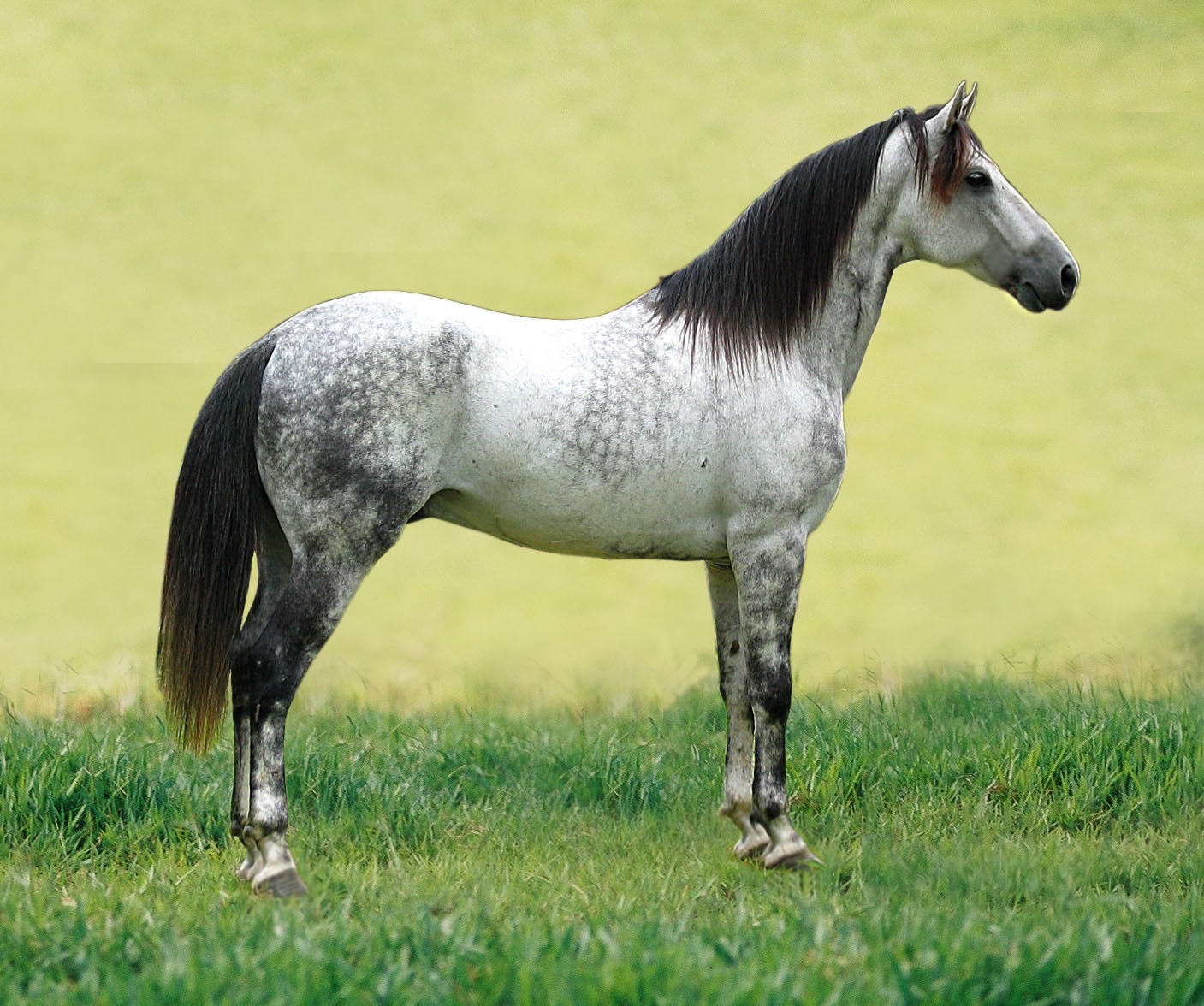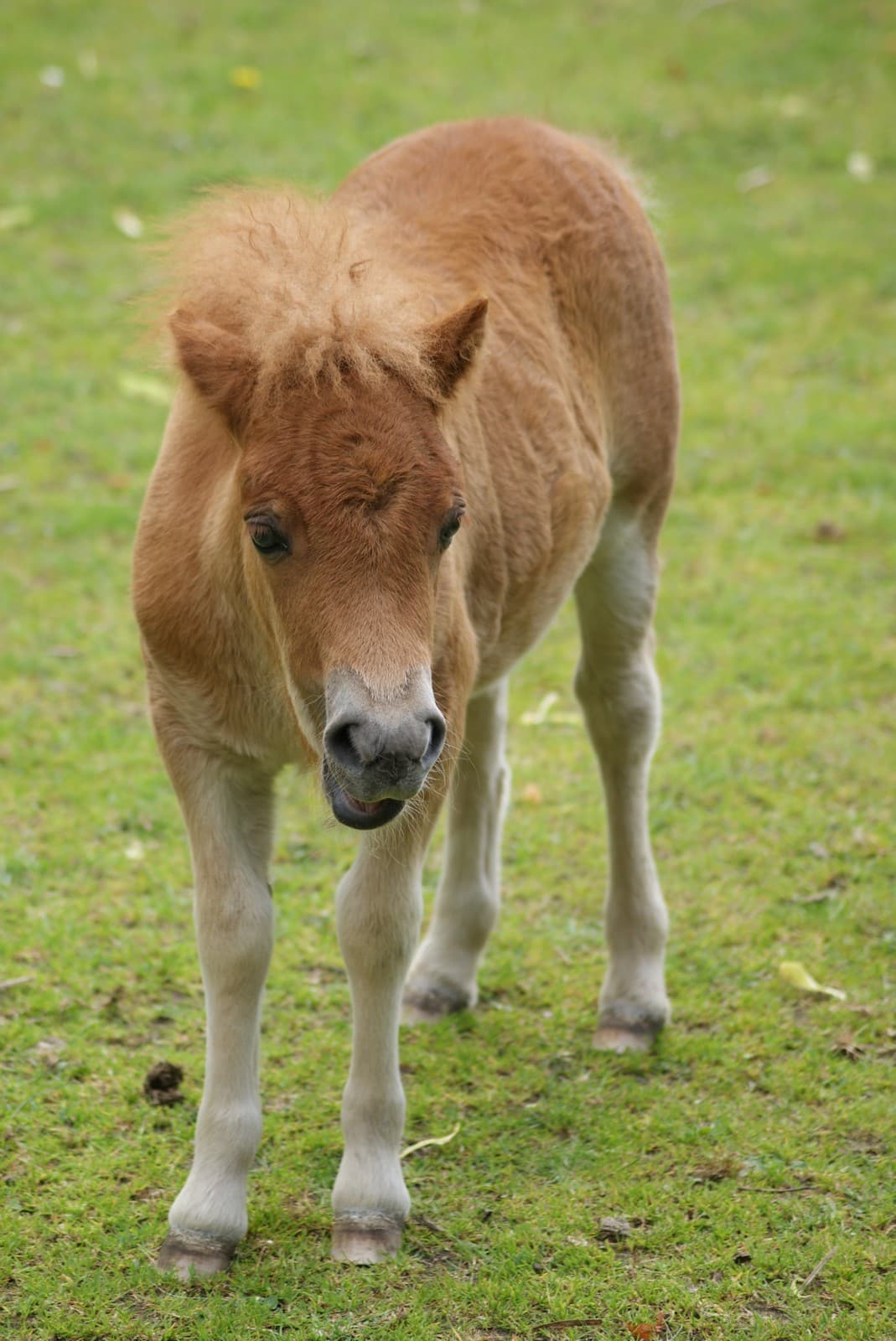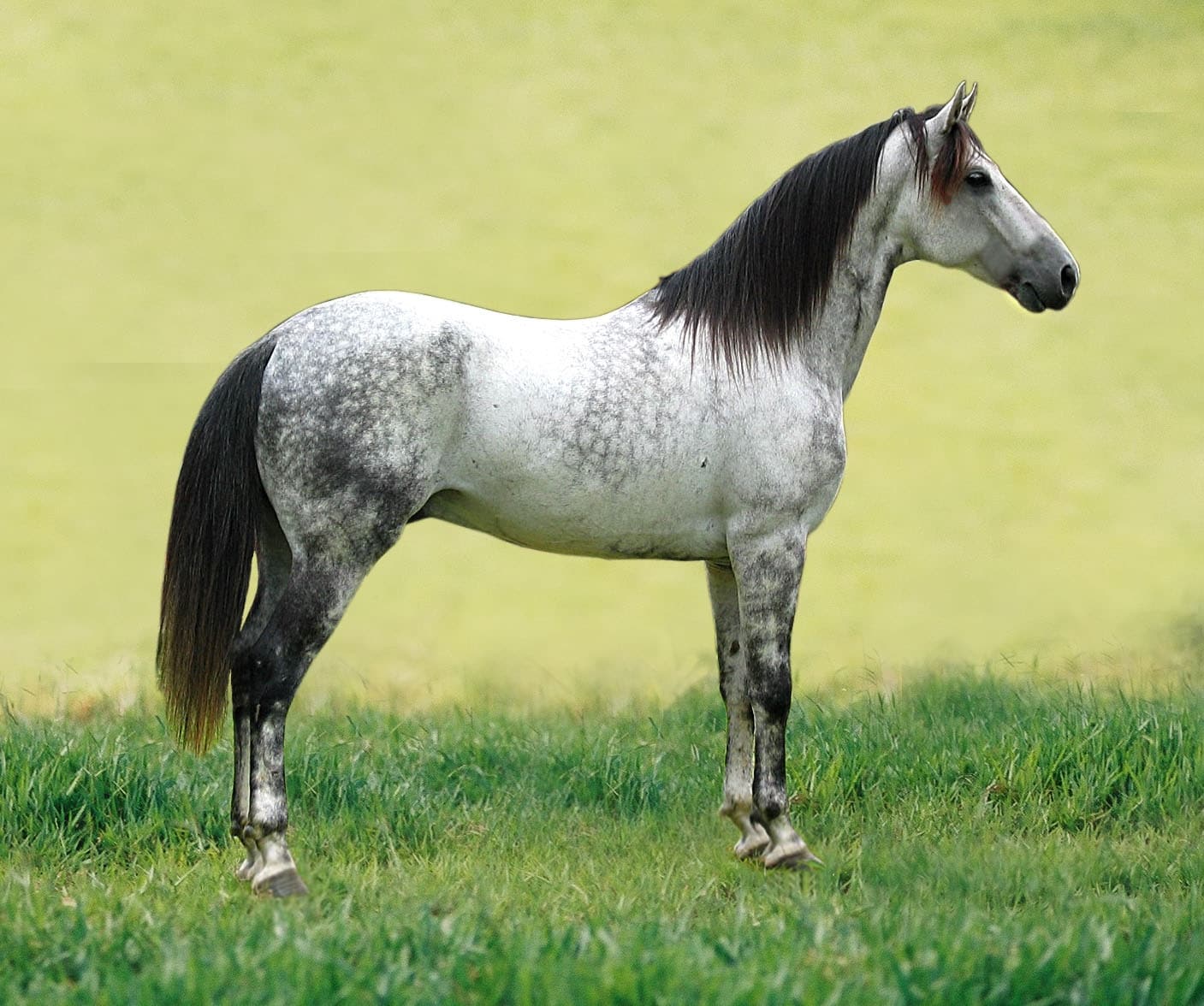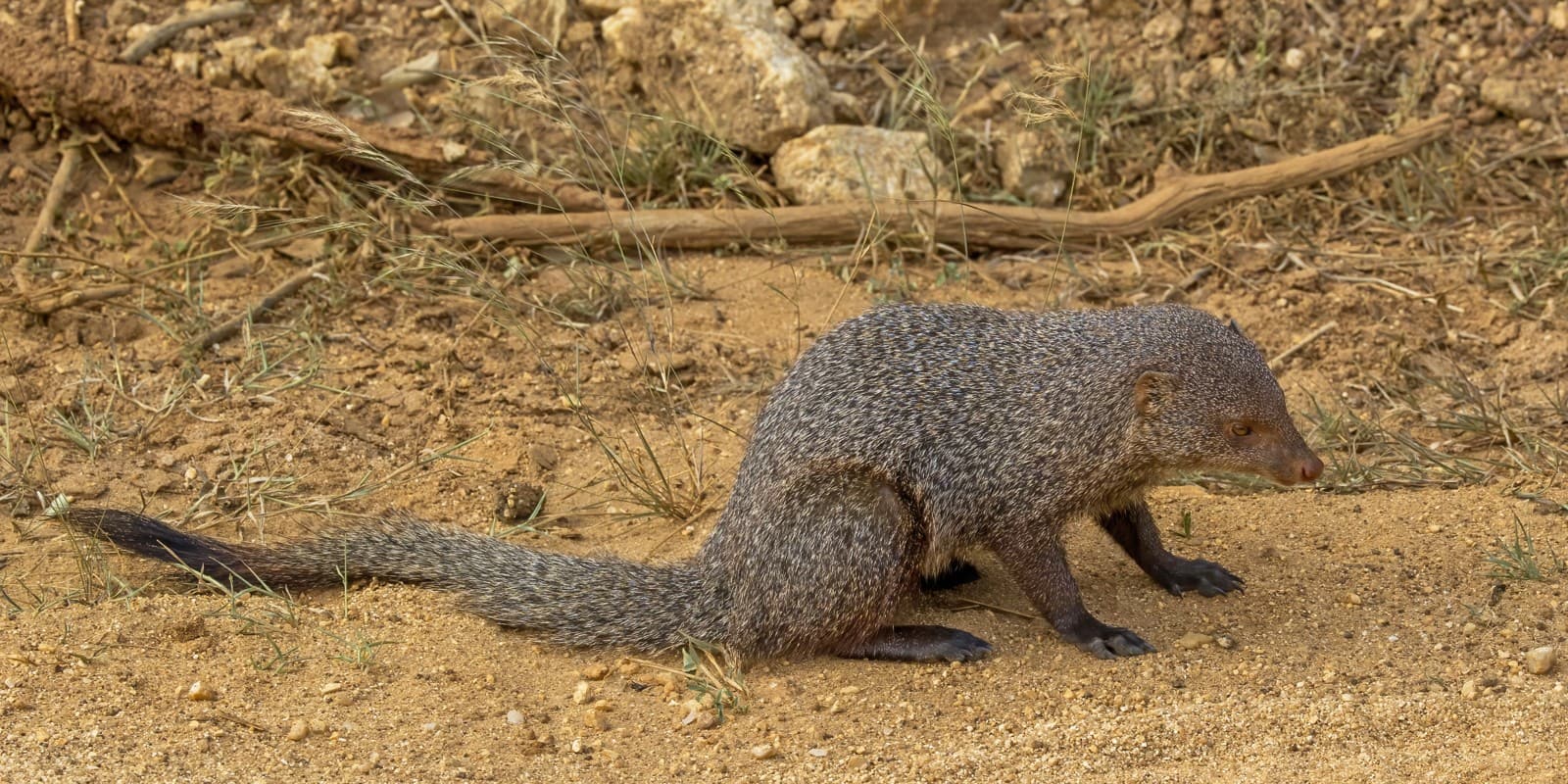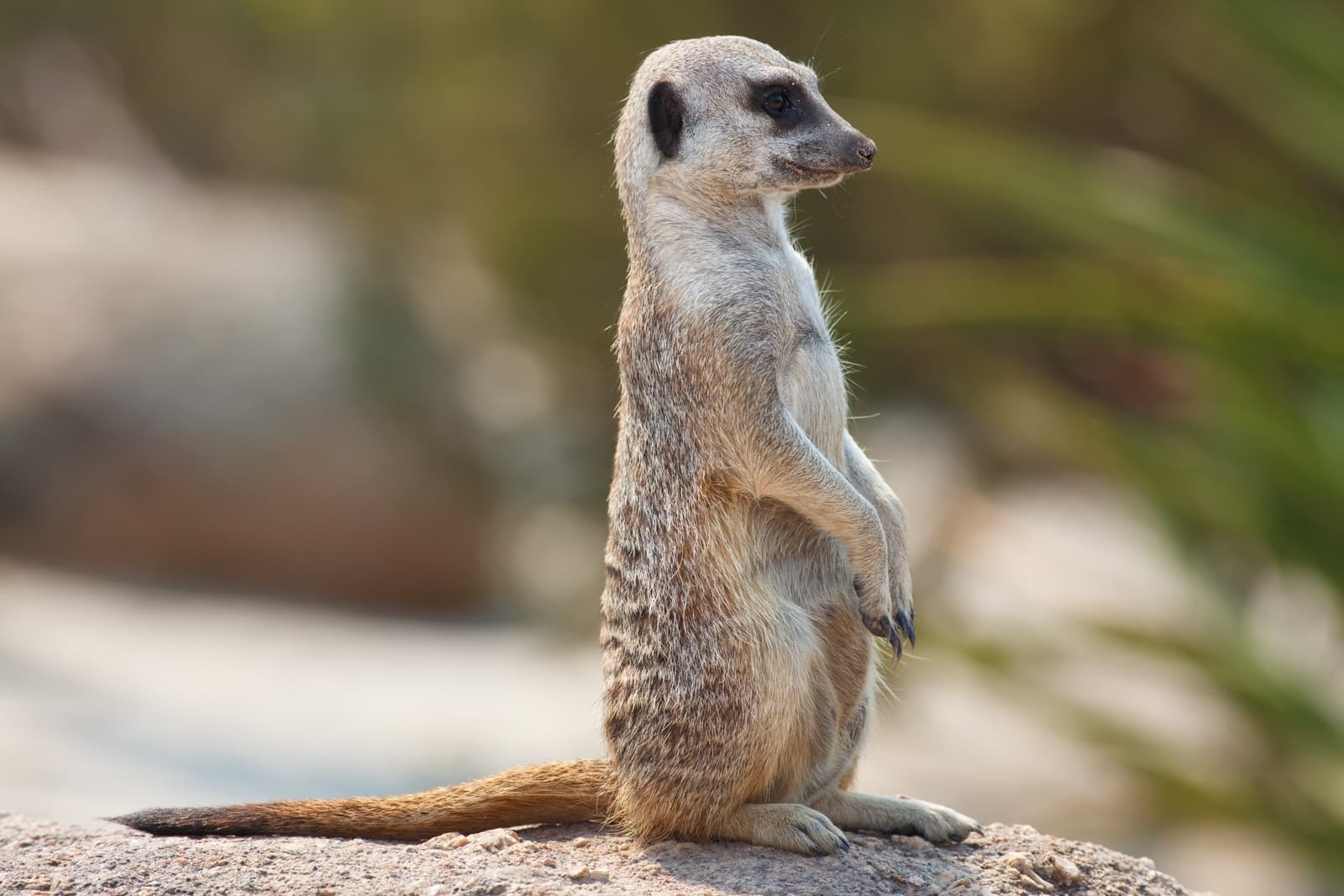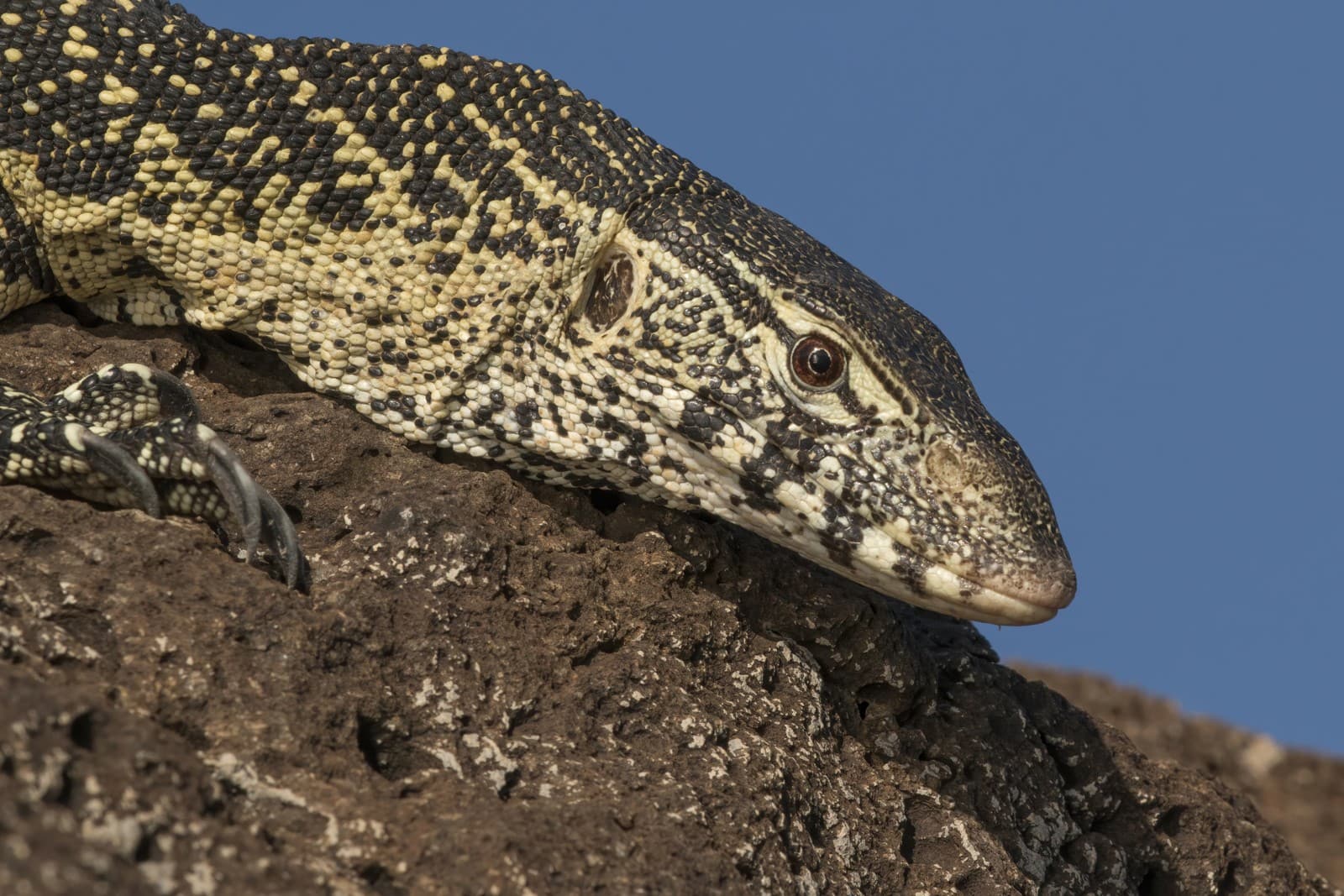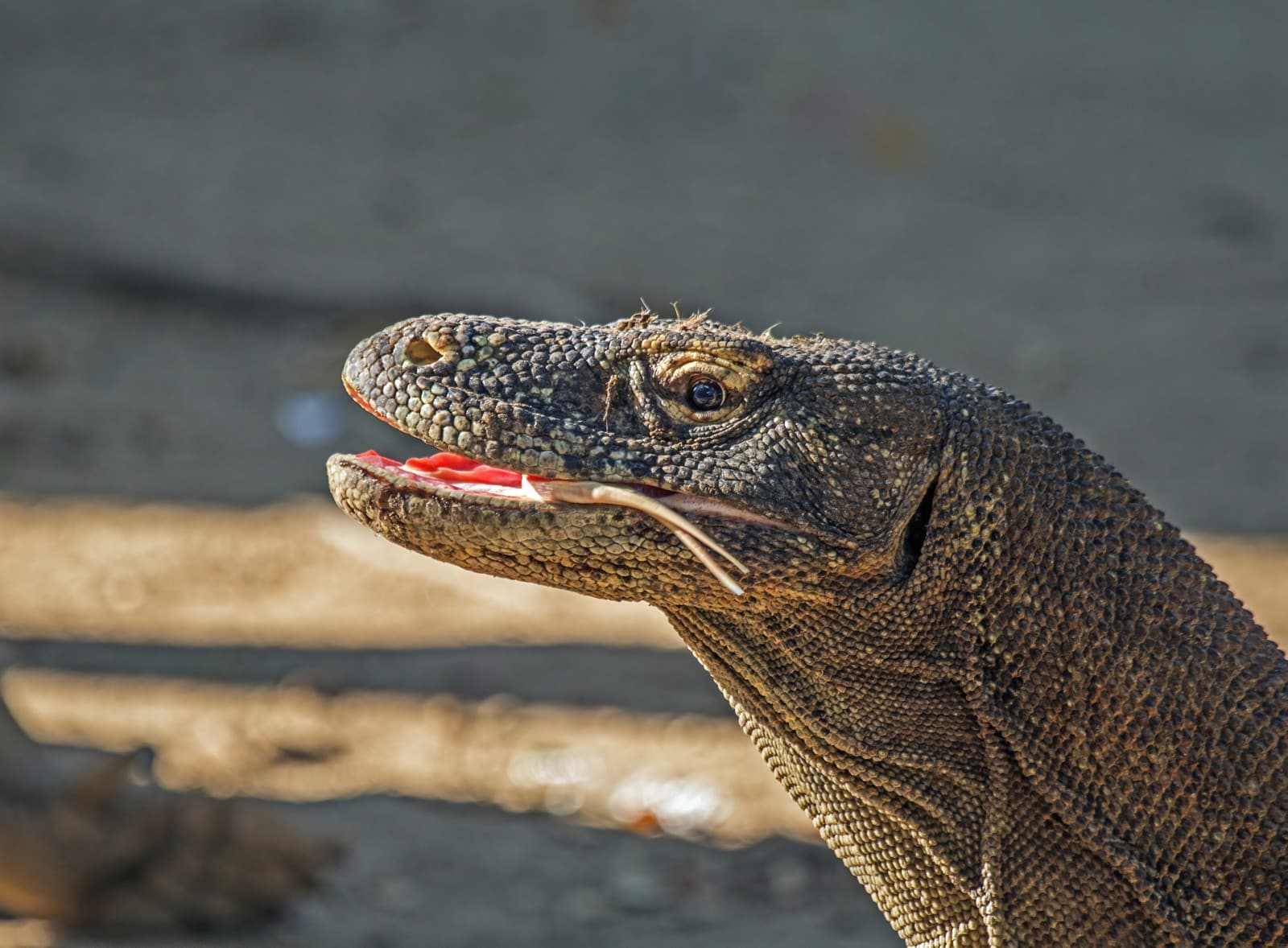Zebra vs Horse: A Complete Comparison
While zebras and horses share a common ancestor and belong to the equine family, these remarkable mammals have evolved distinct characteristics shaped by their environments. The plains zebra weighs between 440-820 pounds (200-372 kg), notably lighter than most domestic horses which typically weigh 880-2,200 pounds (400-1,000 kg). This striking difference reflects their adapted survival strategies in their respective habitats.
Perhaps the most obvious distinction in the zebra vs horse comparison lies in their appearance, but the differences go far deeper than skin-deep. From their behavioral patterns to their digestive adaptations, these fascinating equines have developed unique traits that set them apart from each other.
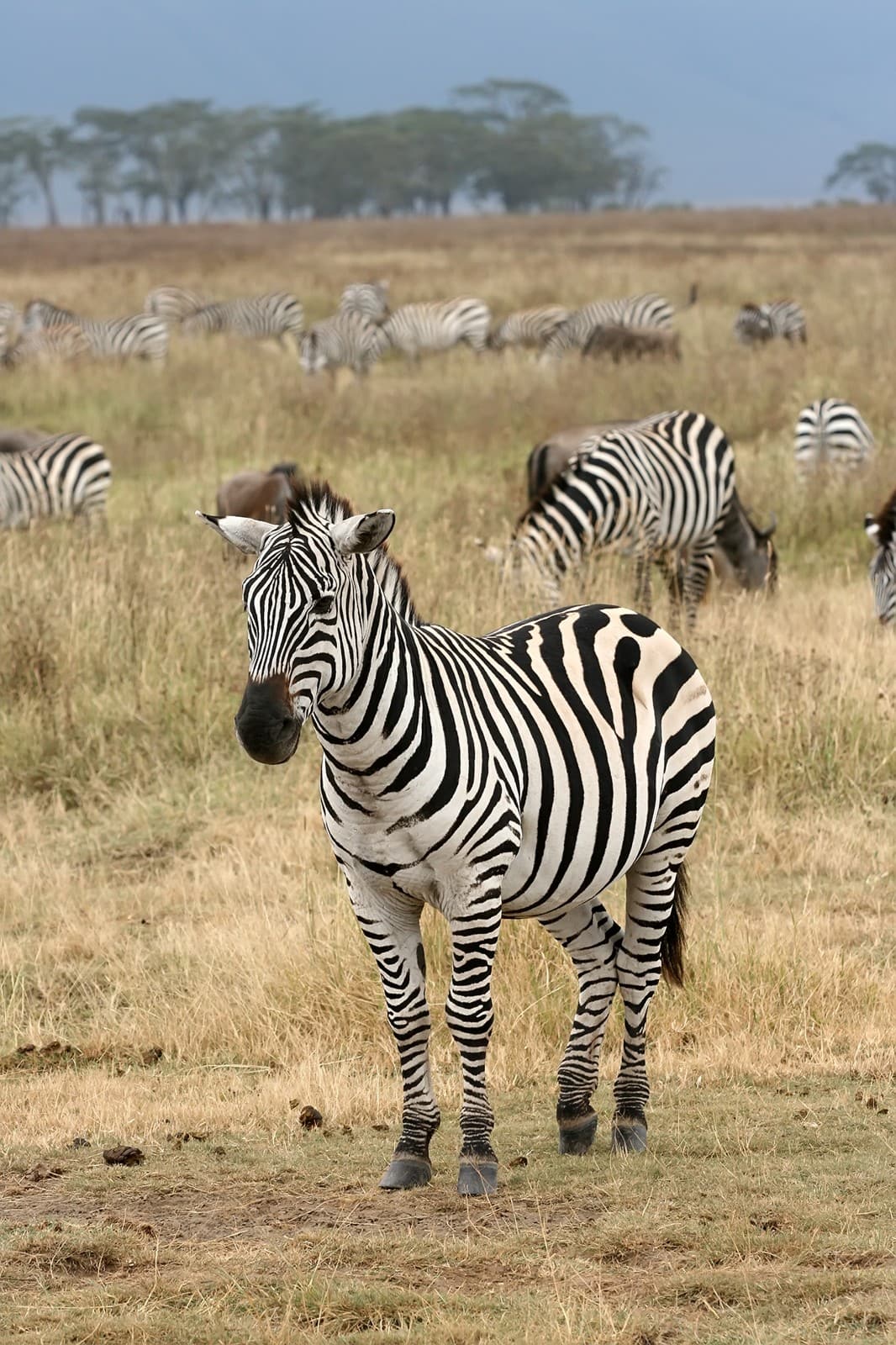
© Muhammad Mahdi Karim / GFDL 1.2
The plains zebra demonstrates perfect adaptation to African savannas, with its distinctive stripe pattern serving multiple survival functions including predator confusion and fly bite prevention.
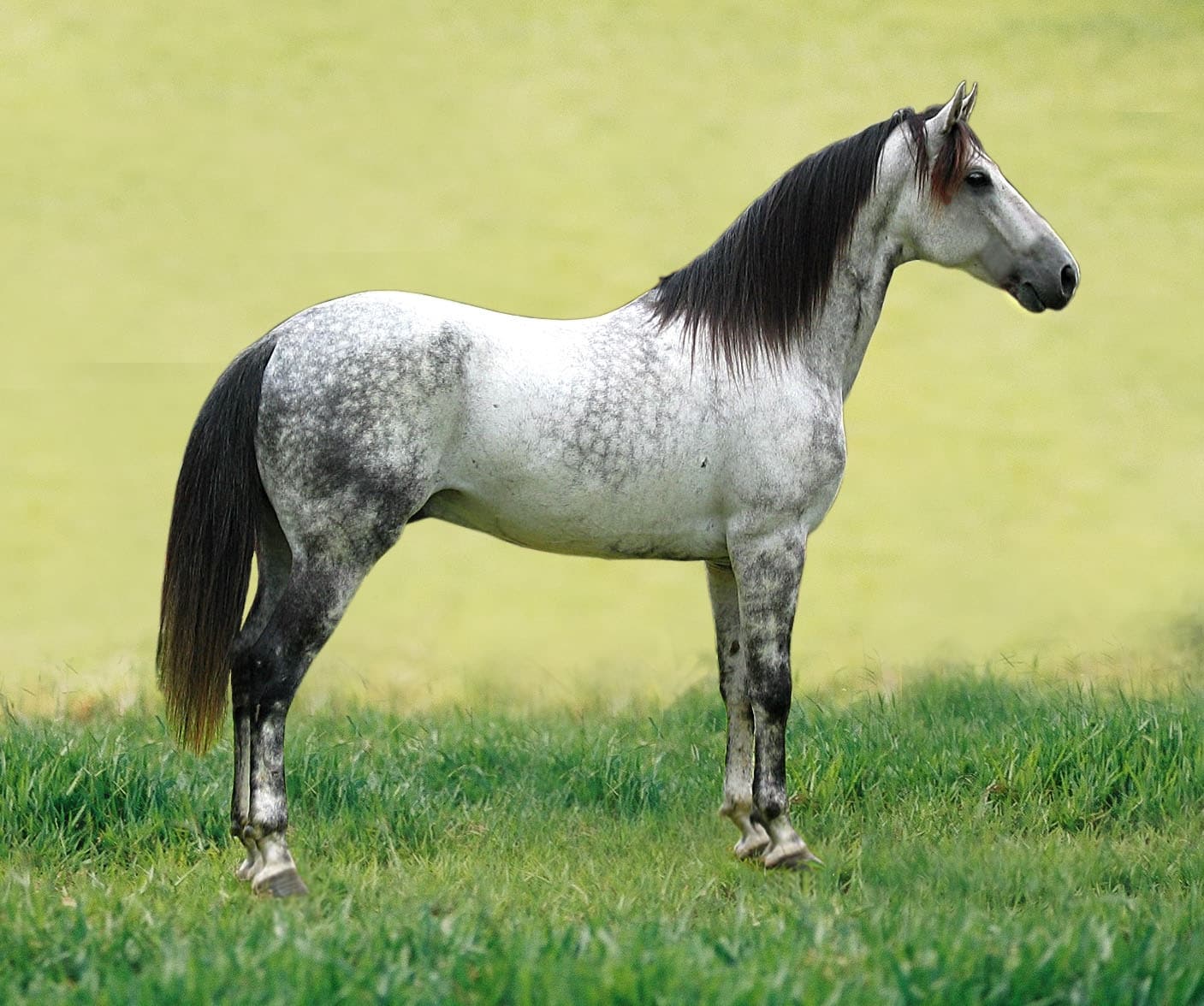
© No machine-readable author provided. Pbicalho assumed (based on copyright claims). / CC BY-SA 2.5
The domestic horse showcases centuries of selective breeding, resulting in a powerful, athletic build suited for various human activities from racing to farm work.
Key Differences: Zebra vs Horse
| Feature | Zebra | Horse |
|---|---|---|
| Size | 3.6-4.8 ft (1.1-1.5 m) shoulder height | 4.7-6 ft (1.4-1.8 m) shoulder height |
| Weight | 440-820 lbs (200-372 kg) | 880-2,200 lbs (400-1,000 kg) |
| Coat Pattern | Black and white stripes | Solid colors or spotted patterns |
| Temperament | Wild, generally untameable | Domesticated, trainable |
| Mane | Short, stiff, upright | Long, flowing, flexible |
| Lifespan | 20-25 years wild | 25-30 years domestic |
Behavioral Differences Between Zebras and Horses
Wild zebras maintain complex social structures within their herds, typically consisting of one stallion with multiple mares and their offspring. Unlike domesticated horses, zebras have never been fully tamed due to their aggressive nature and unpredictable temperament. They’re known to bite more persistently than horses and can deliver powerful kicks that can seriously injure predators.
Physical Adaptations and Capabilities
Speed and Endurance
While horses can reach higher top speeds of up to 55 mph (88 km/h), zebras are no slouches, capable of running at 40 mph (64 km/h). However, zebras possess superior stamina in harsh conditions, having evolved to survive long-distance travel in search of water and grazing grounds.
Digestive Systems
Both species are herbivores, but zebras have developed more efficient digestive systems that can process poor-quality vegetation. This adaptation allows them to survive in areas where horses would struggle to maintain adequate nutrition.
Who Would Win: Zebra vs Horse Confrontation
In a theoretical confrontation between a zebra and a horse of similar size, the zebra would likely have the advantage. Their wild instincts, more aggressive nature, and experience fighting predators make them more formidable in combat situations. Zebras frequently engage in violent conflicts within their social groups, using both their teeth and hooves as weapons.
Survival Adaptations
Zebra’s Unique Features
- Striped pattern provides camouflage and deters biting insects
- Harder hooves resistant to rocky terrain
- Enhanced night vision for predator detection
- Superior heat tolerance
Horse’s Domesticated Advantages
- Greater trainability and human cooperation
- Selective breeding for specific traits
- Better cold weather adaptation
- More efficient gaits for human activities
Conservation Status and Future Prospects
While domestic horses number in the millions globally, zebra populations face significant challenges. The Grevy’s zebra, in particular, is endangered with fewer than 2,000 individuals remaining in the wild. Conservation efforts focus on habitat protection and maintaining genetic diversity in remaining populations.
Understanding these differences between zebras and horses not only satisfies scientific curiosity but also helps inform conservation strategies and appreciate the remarkable diversity within the equine family. While they may share a common ancestor, their evolutionary paths have led to fascinating specializations that continue to capture human imagination and scientific interest.
